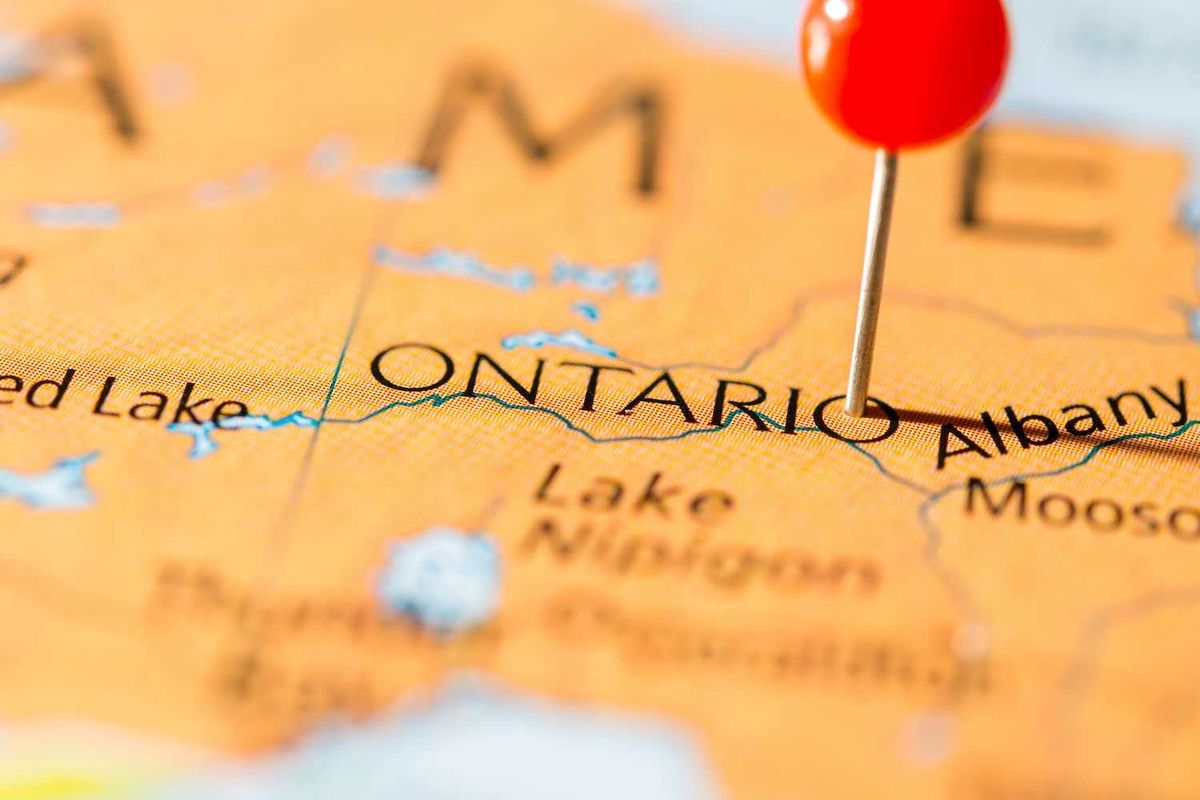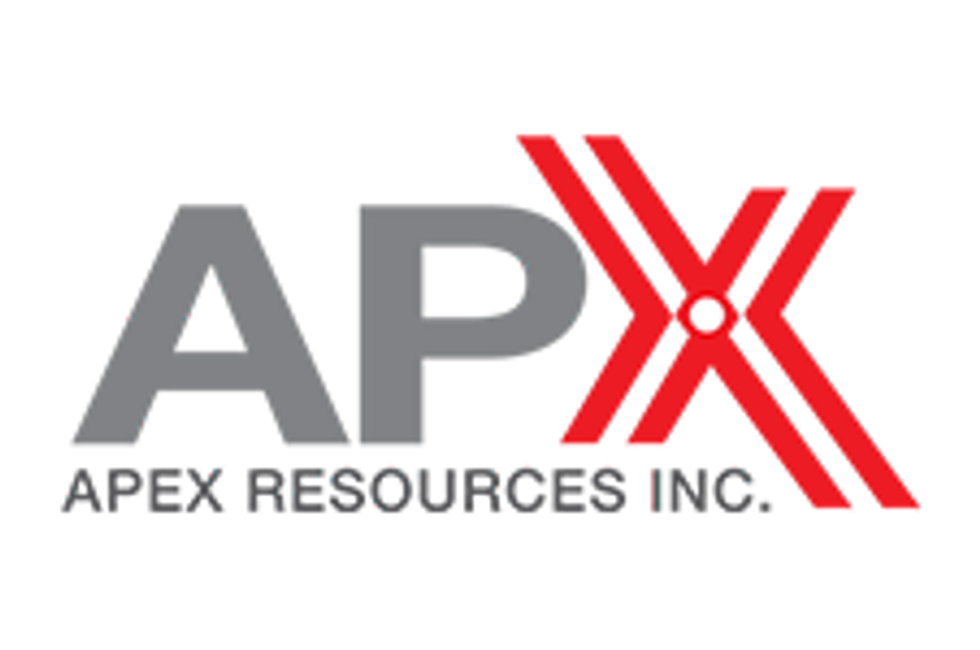Ontario's New Mining Framework Aims to Halve Approval Times
The first mining projects are expected to be designated under the 1P1P framework in the coming weeks.

Ontario is moving to overhaul how it approves new mines, launching a new framework aimed at cutting permitting times in half and boosting investment in the province’s critical minerals sector.
The "One Project, One Process" (1P1P) system, announced on October 17 by the Ministry of Energy and Mines, promises a coordinated, single-window approach to approvals for advanced exploration and mine development projects.
“With President Trump taking direct aim at our economy, it has never been more important to protect Ontario jobs and build the mines that will power our future,” said Stephen Lecce, Ontario’s minister of energy and mines.
“Our new ‘One Project, One Process’ framework ends the era of unacceptable delays. We are delivering a dedicated service that cuts government review times in half, giving operators and investors the confidence they need to hire, and helps us unlock the full economic potential of our province’s world-class resource sector," he added.
The province says the move will modernize an approval system that currently takes as long as 15 years to greenlight a single mine. Under 1P1P, designated projects will be handled by a dedicated Mine Authorization and Permitting Delivery Team, which will serve as a single point of contact for companies seeking provincial approvals.
Officials say this coordinated approach is designed to reduce red tape and speed up investment without compromising environmental standards.
“This is about cutting delays, not corners – by removing red tape, we’re accelerating responsible development while maintaining strong environmental safeguards.” said Andrea Khanjin, minister of red tape reduction.
Ontario’s mining industry has long argued that excessive regulatory duplication has deterred investors and slowed access to high-demand resources such as nickel, lithium, cobalt and titanium, which are minerals essential for electric vehicles, electronics and renewable energy technologies.
Currently, Ontario has 36 active mining operations that directly provide the above resources.
The Ring of Fire region in northern Ontario, often described as one of the world’s richest untapped mineral deposits, has been a particular flashpoint for permitting delays.
Officials say the 1P1P framework supports Ontario’s Critical Minerals Strategy, which aims to develop a secure, “made-in-Ontario” supply chain for electric vehicle batteries and other advanced technologies.
The government is betting that faster permitting will help the province compete globally for new investment, which includes 70,000 direct and indirect jobs tied to the sector.
Industry leaders and Indigenous representatives cautiously welcomed the new approach.
Greg Rickford, minister of indigenous affairs and First Nations economic reconciliation, said many First Nations leaders are increasingly supportive of the 1P1P framework, calling robust consultation central to the process.
“First Nations business and political leaders have an increasing interest in the ‘One Project, One Process’ framework to advance their major projects. Central to this framework is robust consultation with First Nations, which we remain committed to,” he said.
While 1P1P is not part of the controversial Bill C-5 which has drawn criticism from several Ontario First Nations communities and leaders, some of the newly announced framework overlaps with parts of the contentious bill's goals.
Some Indigenous groups in Ontario have argued the Bill C-5 legislation undermines their treaty rights and bypasses meaningful consultation. The Anishinabek Nation — representing 39 First Nations — warned the bill allows the federal government to fast track major projects without adequately engaging affected communities.
In August, six Northern Ontario First Nations filed a challenge to the province's Mining Act in the Superior Court of Justice.
"The Ontario Mining Act is a piece of racist legislation that bulldozes over First Nations lands and rights. It says to the world that the land in Ontario is free for the taking and drilling and blowing up," said Chief June Black of Apitipi Anicinapek Nation, during a press conference following the filing. "These are not your lands to give away, Ontario."
Don’t forget to follow us @INN_Resource for real-time news updates!
Securities Disclosure: I, Giann Liguid, hold no direct investment interest in any company mentioned in this article.
- Ontario Earmarks C$3.1 Billion to Boost Critical Minerals and Indigenous Partnerships ›
- Ontario Tables Sweeping Bill to Restrict Foreign Access to Critical Minerals ›
- Ontario Premier Pushes to Fast Track Mining as Industry Grows to C$64 Billion ›
- Ontario Pledges C$13 Million to Junior Miners for Critical Minerals Exploration ›


